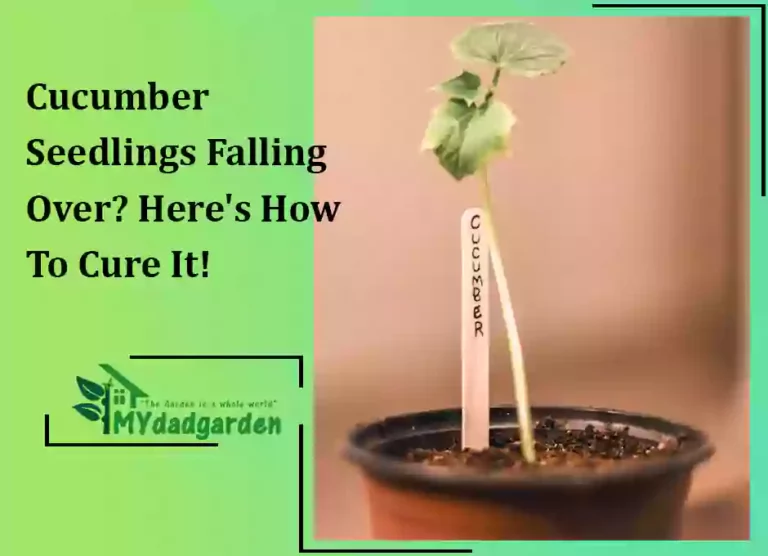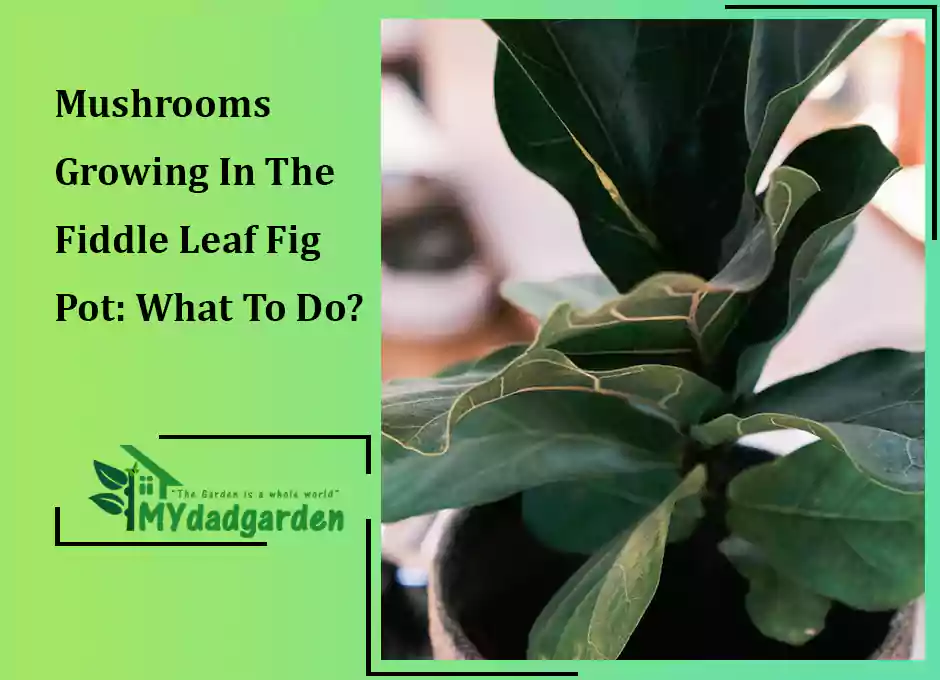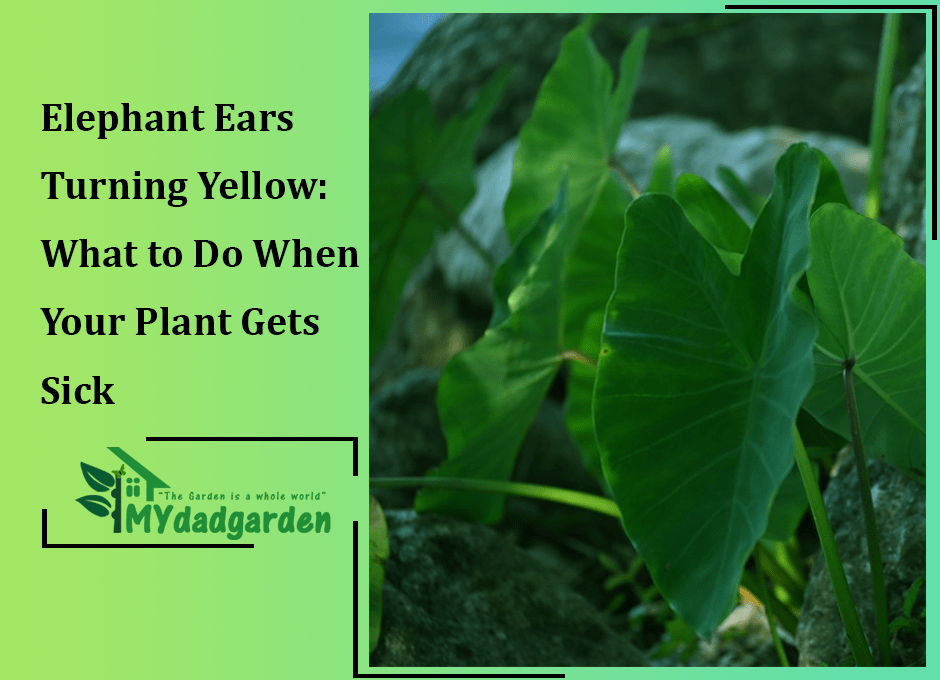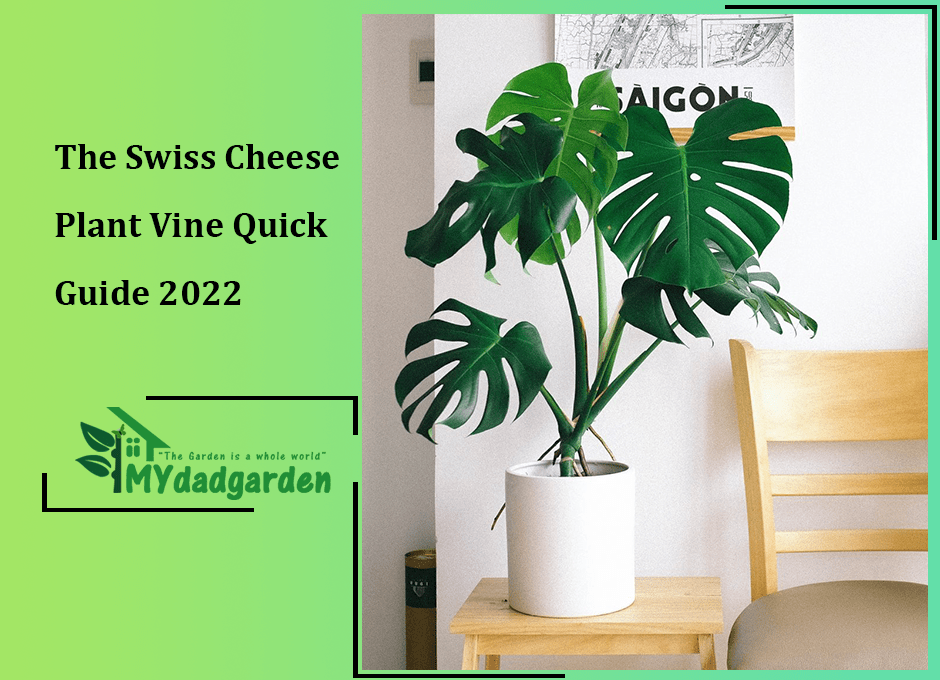Why Is My Potted Lavender Turning Brown?
Browning leaves on your potted lavender is a common problem that can be caused by various things.
If you’re unsure why your lavender is turning brown, it can be difficult to know how to fix the problem.
Lavender blooms may become brown due to frost damage, a fungus, or a natural process when the flowers mature into seed heads. A fungal illness is probably present if the foliage is also becoming brown. A late frost may harm the delicate flowers if the leaves appear intact, but the petals are going dark and need to be deadheaded to encourage new blooms.
By reading this blog post, you’ll learn the most common causes of browning leaves on potted lavender and how to remedy them.

Table of Contents
Reasons Your Potted Lavender Turning Brown
If you’re a gardener, then you know that potted lavender can add a touch of whimsy and elegance to any outdoor space. However, if your potted lavender suddenly turns brown, you wonder what went wrong. Read on for some possible explanations – and solutions! – for why your potted lavender is browning.

Lighting And Temperature Problems
Bright sunshine is ideal for lavender plants. These plants need six to eight hours of direct sunlight each day. If growing outdoors, it is recommended to sow fresh plants in the early to mid-spring so they have time to mature before the summer heat hits because young plants cannot withstand the intense heat of summer.
During the colder months, many growers bring their potted lavender plants inside. If you bring your lavender indoors, placing it close to a south-facing window will yield the best results. Weekly pot rotation is necessary to encourage symmetrical, balanced growth.
It is not required to cover your lavender plant when it is dormant. Snow doesn’t hurt dormant lavender plants. Snow’s moisture content meets the dormant plant’s winter water requirements.
Another crucial factor is the temperature your lavender is exposed to. Most lavender plants are hardy perennials that can withstand lows of 10°F (-12°C) when grown. However, newly transplanted lavenders have trouble surviving nighttime lows below 40°F (4°C).

Disease Problems
The alfalfa mosaic virus affects lavender plants and is a reasonably common disease. When spots of bright yellow appear on the underside of the plant’s leaves, you will know it is there. The leaves frequently curl under the yellow streaks.
Even though the alfalfa mosaic virus seldom completely destroys lavender plants, it might limit their growth. Since the virus is spreadable, farmers should get rid of sick plants to stop it from infecting healthy Lavender plants.
The strongest defense against this virus is the eradication of aphids from nearby plants and lavender plants.

Fertilizer Problems
Lavender plants don’t need much fertilizer. Although they thrive in direct sunshine, they do not require continual feeding. Overfeeding lavender plants causes the plants to burn their developing branch and leaf expansions and makes them more vulnerable to seasonal weather conditions.
The appropriate fertilizer will vary whether the plant is an indoor houseplant in a pot or an outdoor decoration. Because they have a limited likelihood of obtaining nutrients from the soil, indoor plants require fertilizer. It will be more than enough to apply a balanced, water-soluble fertilizer monthly at half the suggested strength. During the winter, there is no need to fertilize your lavender plants.
Lavender plants used outside thrive better without artificial fertilizer. High nitrogen plant feeding may promote more plant growth but also weakens the plant’s branches and reduces its survival ability. Simply incorporate compost and possibly a little potash into the soil where the lavender grows.
Lack Of Growing Space
Plant lavenders according to their full size because they need up to 3 feet of space for larger types and about 18 inches for smaller ones to flourish healthily. As a result of:
- Each lavender plant needs the right amount of room so its roots may grow properly in the soil without competing with other plants for nutrients, water, or space.
- Too many lavender plants nearby can shadow one another. Lavenders do not grow as well in the shade and prefer to be in full sun.
- Lavender should be planted at the proper spacing between each plant to ensure enough airflow. The disease risk is increased by humidity and enclosed settings without wind, which lavenders dislike.

Poor Soil
The soil in which a lavender plant is grown is another problem that could endanger its health.
Loosely compacted soil with a high gravel concentration is ideal for lavender plants. This enables extra water to drain from the area surrounding the root system. Too much water is retained by compacted soil, which limits root growth.
Proper pH, a measurement of the soil’s acidity or alkalinity, is another factor to consider. A higher soil pH of six to eight is ideal for lavender growth. Plants will die in acidic soil with a pH of five or lower. You can apply garden limestone and incorporate it into the soil to increase pH

Lack Of Sunlight
To reach their full potential, lavender plants need direct sunlight. If you plant them in partial shade, they won’t likely reach their maximum size, which can cause gaps in your lavender hedges. I would advise moving the lavender to a brighter area if it isn’t getting at least six hours of direct sunlight each day or moving it into a pot and putting it in full sun. The more sun the lavender gets, the more it will blossom and the greater the perfume it will emit from the leaf. Your lavender won’t grow as well and won’t live very long without sunlight; however, it can live for 15 years or longer with the right care.

Improper Watering
How often should I water lavender? The most difficult element for many gardeners is determining how regularly to water a lavender plant. Some people tend to go underwater, while others go overboard. However, overwatering is the worst scenario. If you leave your lavender plant sitting in wet soil, it is more likely to get root rot and fungus.
Are you wondering if your plant is being overwatered? Look for signs such as:
- Even after watering, leaves start to fall.
- It takes a very long time for the soil to dry.
- Yellowing of leaves.
- A rotting smell from the soil.
Since lavender plants can tolerate a little neglect, underwatering is somewhat preferable to overwatering for your lavender. Check how quickly the earth drains to determine whether your plant is overwatered. It indicates there isn’t enough water if it drains extremely quickly.
Remember that lavender plants in hot or very sunny areas may dry out far more quickly than those in shaded areas.

Pest Problems
Insects don’t bother lavender plants very much. Even yet, various insects can destroy these plants by infesting them.
Whiteflies
The whitefly is a second insect pest that harms lavender plants. Whiteflies congregate on the undersides of the lavender leaves and consume the plant’s sap.
Infestations of whiteflies alter the plant’s look and weaken it. The whitefly’s accompanying component that they leave on the leaf, which can induce mold infection, poses a bigger threat.
Whiteflies are difficult to eradicate using commercial insecticides. They can be manually removed from the plants using a powerful water stream. Whiteflies can be discouraged by sprinkling aluminum foil or other bright, shiny materials around the plants

Aphids
Lavender plants are similarly plagued by aphids. Although aphids aren’t very dangerous, they are carriers of the alfalfa mosaic virus, which we’ll cover in the section after this. However, farmers need to discourage aphids from stopping the infection.
Aphids can be controlled with horticultural oil, neem oil, or diatomaceous earth (DE). Remember that other beneficial insects, such as those that feed on aphids, are also killed when commercial pesticides control aphids.

Spittlebugs
The spittlebug, commonly referred to as the frog-hopper bug is one of the more typical pests that infest lavender plants. Spittlebugs start in the early spring and cover the lavender stems with a frothy material. Spittlebugs typically cause the plant’s branches to die rather than the entire plant.
Removing the foam and the insects are frequently possible by giving the entire plant a strong water spray. Commercial insecticides may be required in situations where there is a severe infestation.
Why Is My Lavender Turning Brown At The Bottom?
The reason why lavender plants turn brown is root rot. Brown leaves, stems, and even flowers are signs of root rot. Due to poorly draining soil or overwatering, there is too much moisture around the lavender plant’s roots, leading to root rot
What To Do When Lavender Turns Brown?
Before watering, let the lavender dry up for about two weeks, and if it’s in a pot, bring it under cover to protect it from rain. The greatest thing you can do for lavender plants that have turned brown due to root rot is to plant or transplant them to the soil of their choice.
Lavender Plant Turning Gray
Due to fungi, the lavender plant frequently develops gray leaves. Don’t overwater them, please. Warm weather promotes the finest growth for this Mediterranean shrub. It becomes gray during the winter when it is exposed to the cold due to frost damage.

FAQ
What does Overwatered lavender look like?
Lavender overwatered may exhibit yellowing leaves, first on the bottom leaves. Dropping, a decaying smell, and obviously soggy soil are additional signs that a lavender plant needs to be watered less. Lavender not receiving enough water will droop, and the soil will feel entirely dry.
Does lavender come back to life?
With the proper care and growth circumstances, lavender is a perennial subshrub that does come back after the winter. It can live for many years. Due to their lower level of cold tolerance than English lavenders, Spanish and French lavenders may not survive the winter in colder climates.
Can lavender recover from overwatering?
Yes, you can do the following things to save your lavender.
- Re-pot your lavender
- Set-up watering schedule
- Prune any rotten roots
Previous Article: Aloe Plant Care: Why Is My Aloe Dark Green?







